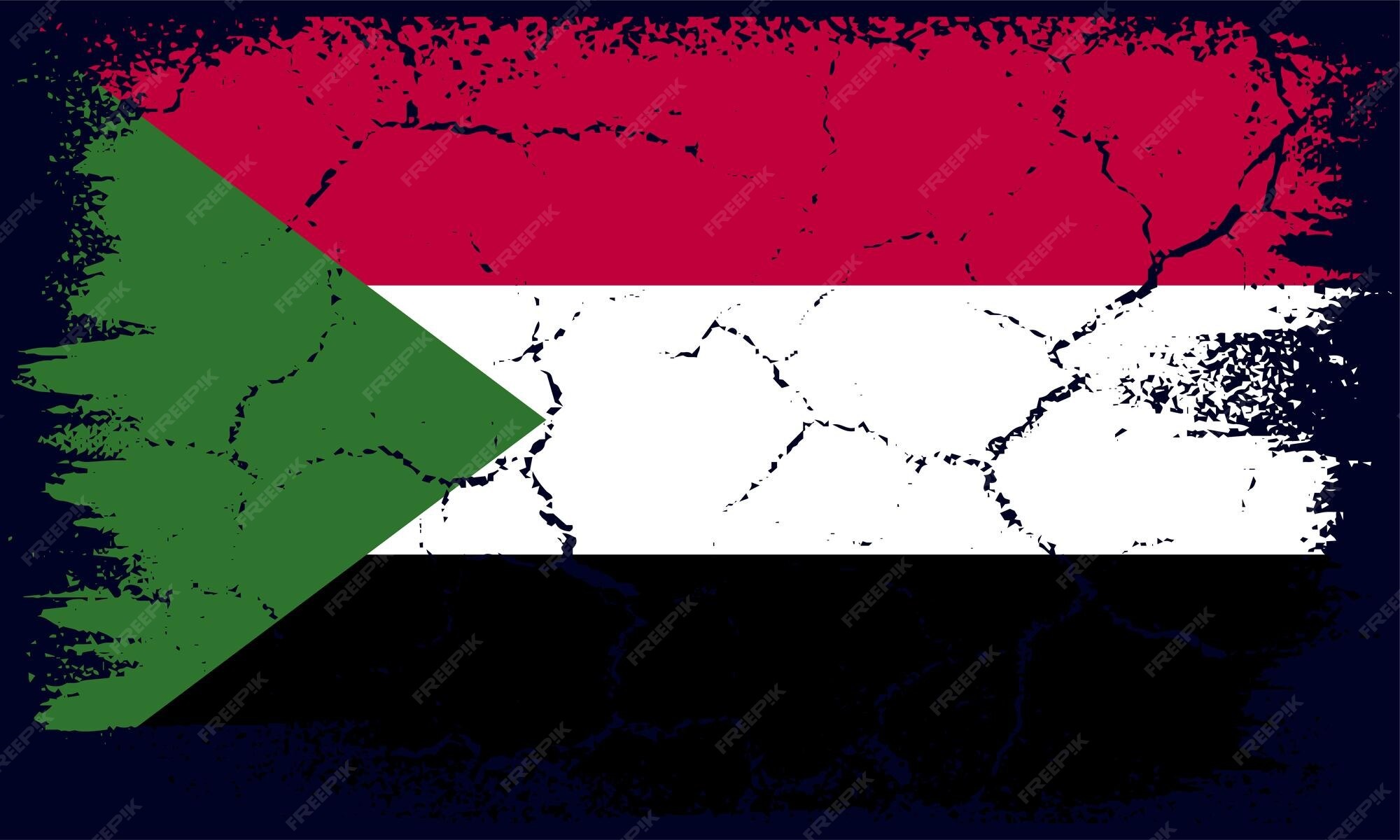Sudan’s post-revolutionary political crisis has produced a maze of antagonistic and overlapping rivalries among key actors, each facing deep public mistrust following the 2021 military coup led by al-Burhan. This fragmentation, driven by competing claims to legitimacy and haunted by a legacy of military rule, has made prospects for stability and consensus elusive.
Key Forces and Divisions:
The Sudanese public:
Broadly reject the return of Islamists to politics (associated with the former regime), oppose the Rapid Support Forces (RSF, or Janjaweed), and demand the military’s withdrawal from politics. Dissatisfaction is also widespread with the major armed and civil groups that dominate the transition, with calls for dissolving all militias and reforming the army.
The Sudanese Armed Forces (SAF):
Led by al-Burhan, the army faces popular rejection of its continued political role, is locked in direct conflict with the RSF, and maintains covert alliances with Islamist groups. Its political support from other factions is thin, aside from the Justice and Equality Movement.
Rapid Support Forces (RSF):
Led by Mohamed Hamdan Dagalo (“Hemedti”), the RSF is widely rejected by civilians and all major political forces, including former Islamist backers. Nevertheless, it forges alliances with breakaway civil groups and some armed factions in the Nuba Mountains.
Main Civilian Forces:
Led by figures like Abdalla Hamdok, these groups oppose any military or Islamist return to power, but their popularity has waned amid conflict and exclusion from power-sharing by both the military and RSF.
Splinter Civilian Factions:
Some civil forces have allied with the RSF after breaking from Hamdok’s mainstream group.
Sudan People’s Liberation Movement — al-Hilu faction:
Enjoys only localized tribal support; it is rejected by the army, and Islamists, except for its regional alliances with the RSF.
Darfur-based armed groups:
Allied with the army under the Juba Agreement but face universal public demand for their dissolution. Their electoral prospects and support are minimal, making genuine democratic transition unlikely.
This complex web of alliances, mutual distrust, and competing interests has entrenched divisions, resulting in spiraling violence and an unparalleled humanitarian crisis, with millions displaced, hunger widespread, and regional stability threatened.
Is There a Solution?
Past attempts at negotiated settlements, UN-brokered civilian transitions, and hybrid peacekeeping (as with UNITAMS and UNAMID) have faltered due to lack of political will, insufficient mandates, resource constraints, and non-cooperation by Sudanese authorities.
One pragmatic but controversial proposal: A robust, UN-led military intervention, operating under Chapter VII of the UN Charter, with a single mandate to forcibly separate factions and oversee credible elections, may represent the most direct route to restoring order and protecting civilians — if it is equipped with sufficient resources, testing international resolve, and met with minimal local and regional obstruction. Such interventions have succeeded elsewhere in Africa when these conditions were met.
However, success would require:
Strong international mandate and logistical backing with the Cooperation or at least non-resistance from Sudanese and regional actors
Willingness to enforce disarmament and guarantee civilian protection, including by military means if necessary
The failure of recent UN missions underscores that without both sustained international commitment and meaningful internal buy-in, international interventions risk collapse or ineffectiveness, even as the need for protection and governance in Sudan becomes ever more urgen

